A drive axle is connected to the engine via the differential and gearbox and provides acceleration either forwards or backwards, depending on the gear selected.
Lorries are either articulated or rigid. In an articulated lorry, the cab or tractor at the front will have a steering axle at the front and up to three more axles, but most commonly one or two. Up to two of these will be drive axles. It will pull a trailer that doesn’t have any driven wheels but most commonly has three axles.
The configurations are in the format: (axle ends) x (driven axle ends)
Every axle has two axle ends (the driver’s side and the passenger’s side). Taking the tractor unit below (the red part, not the trailer), it has two axles, which means there are four axle ends. This is the first number. The front axle is always a non-driven steering axle and there is only one rear axle, which must be driven. That rear axle has two ends.
Therefore, the configuration of this tractor unit is 4×2 (four axle ends, two driven axle ends). It’s extremely common for long-distance trucks because having an extra axle would make the tractor longer and reduce the space for fuel tanks.
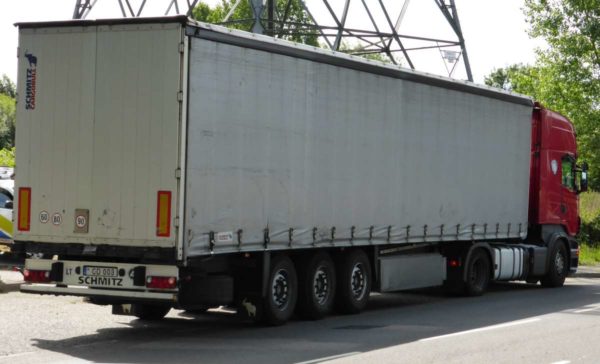
The next step up is a 6×2. This means a steering axle at the front of the tractor unit, one driven axle and one non-driven axle. The driven axle could be the second or third axle, and it’s common that the non-driven rear axle is also a ‘lift axle‘, i.e. it can be lifted up when not in use.
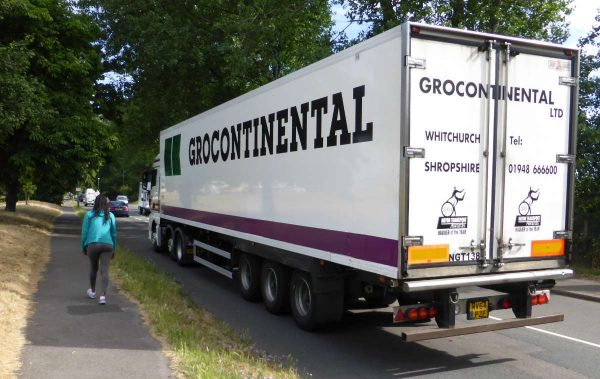
6×2 configurations are very common. They allow for more weight to be carried in a semitrailer, while still maintaining good fuel economy. A 6×4 tractor would be used for heavy loads, where the ground might be soft or loose (e.g. in a quarry or building site), or the terrain is particularly hilly and grip needs to be maintained in wet or slippery conditions. While it’s not possible to tell by looking at a lorry whether it’s 6×2 or 6×4, a good clue is if both of the rear axles have duals (i.e. two wheels on each side) and the tread on the tyres is more heavy-duty.
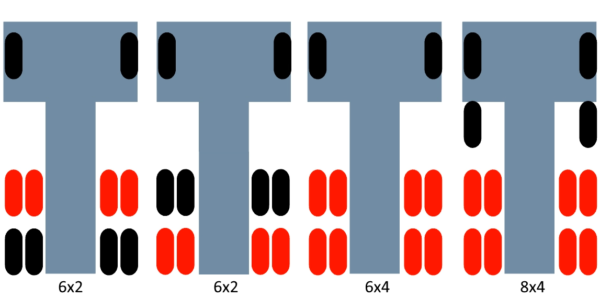
A 6×2 truck can easily become marooned on uneven ground.
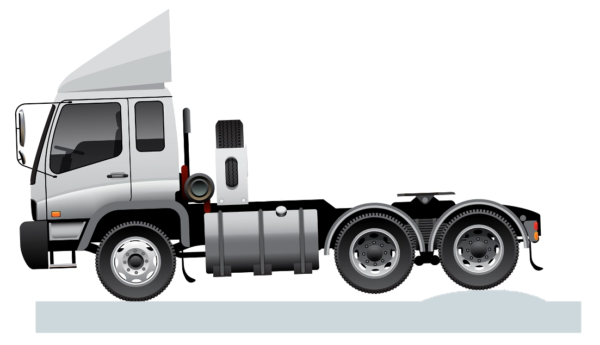
In a rigid truck, there will be one or two steering axles at the front and one, two or three axles at the rear, of which one or two would be drive axles.
Using the same logic as above, a truck with two axles (one steering axle and one drive axle) would be a 4×2, whereas a truck with five axles (one steering axle, and two drive axles) would be a 10×4.
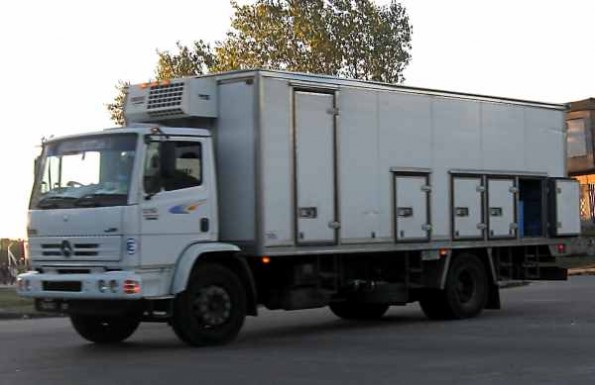

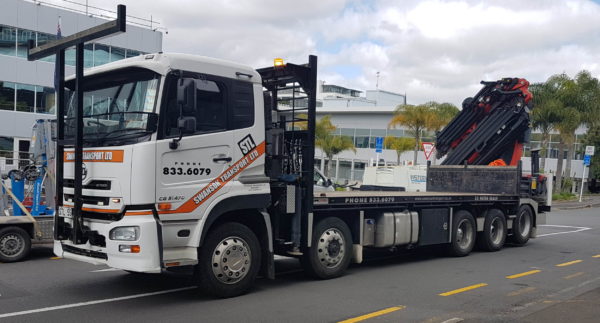
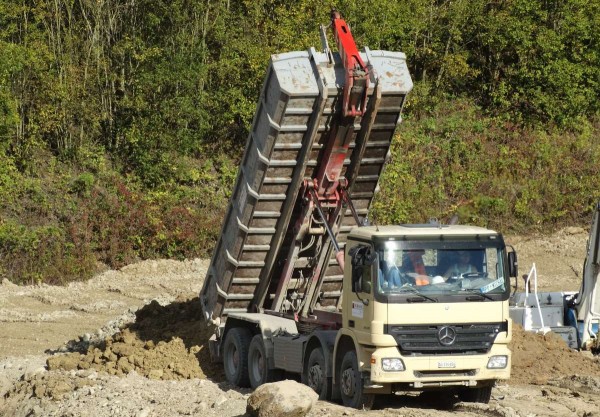
Beyond these regular configurations, there are 4×4, 6×6 and 8×8 trucks that tend to be used for specialised off-road applications such as military, agriculture, snow/ice, tourism, vehicle recovery and ultra-heavy haulage.
Purchasing a truck is not like purchasing a car; almost everything is customisable, which is why it’s hard to tell just by looking at a truck exactly what drive wheel configuration it’s running (unless it’s a 4×2 or 8×4).
